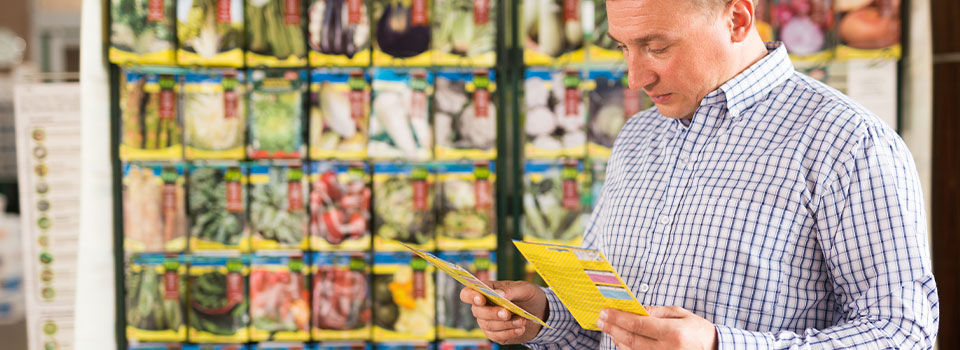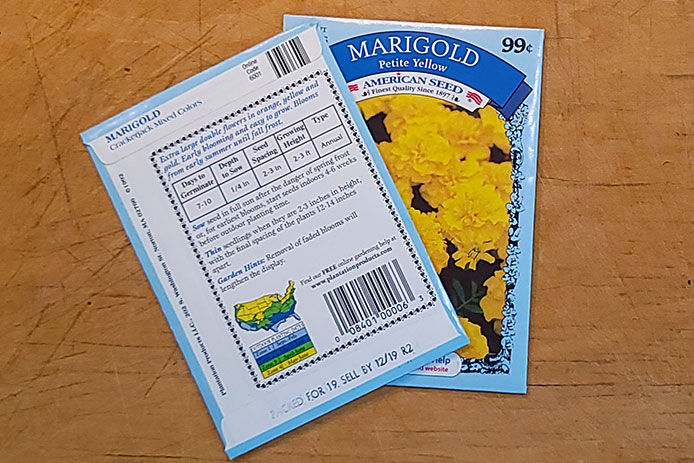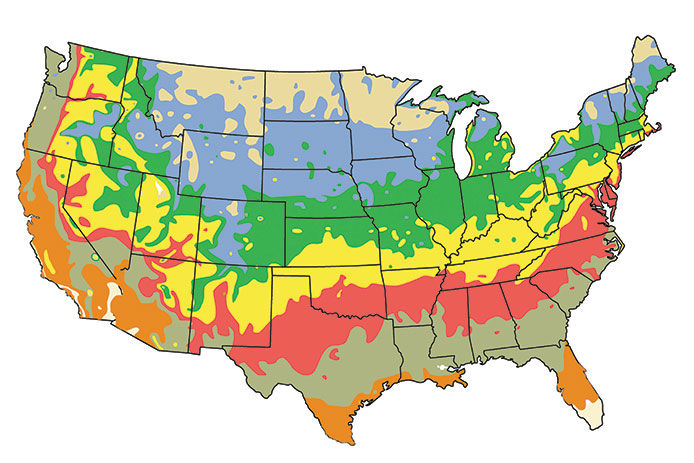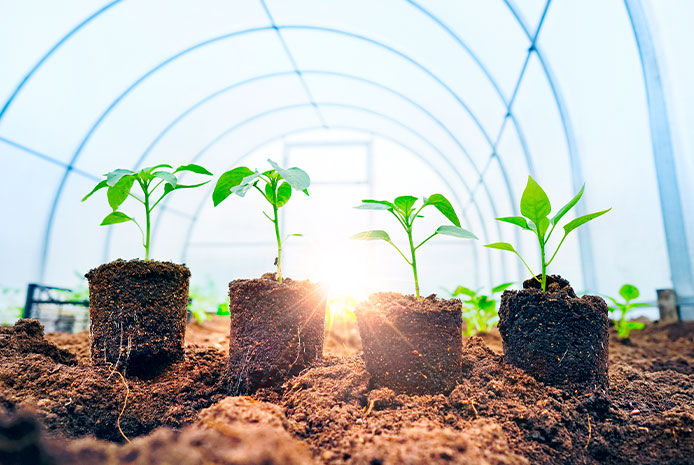How to Read a Seed Packet

Seed packets contain a wealth of information that can help you choose the best kinds of vegetables for your garden and blooms for your flower beds, and ensure successful growing. With a little practice, you can learn to decode the information on any seed packet. By taking the time to read a seed packet before you plant, you can be sure that you're choosing the best varieties for your garden and giving them the best chance to thrive.
Basic Info

To read a seed packet, start by looking at the front of the package. It will typically show a photo of the plant and should indicate whether the variety is annual or perennial, as well as list its height and general bloom time.
Planting Region

The next thing to look for is the planting region. This will tell you what climate the plant prefers and whether it will do well in your area. This is where referencing the USDA Hardiness Zones is handy - it tells where the plant will grow best. If you're not sure which zone you live in, you can use this map from the USDA Plant Hardiness Zone website.
Plant Spacing Requirements

After the planting region, you'll see the plant spacing requirements. This is where you'll find information on how far apart to space your seeds or seedlings when you plant them. This is important to know so that you can give each plant enough room to grow and will help you determine how many plants you can fit in your garden plot.
Germination Time

The back of the seed packet will also list the average germination time for the variety. Germination is the process of a seed sprouting and breaking through its shell. The germination time listed on the packet gives you an idea of how long it will take for your seeds to sprout and grow into seedlings. If you are planning on starting seeds indoors before they can be planted outside, pay close attention to these times so that you can time your transplanting appropriately.
Planting Depth

The planting depth tells you how far down into the soil you should plant your seeds. This is important to know so that you can ensure that they are planted at the proper depth for germination.
Soil and Sunlight Requirements

The back of the seed packet will also list the soil and sunlight requirements for the plant. The soil type can help you determine whether you need to amend your garden plot before planting, and the amount of sunlight will tell you where in your garden the plants should be placed.
By taking the time to read and understand the information on a seed packet, you can increase your chances of success when planting vegetables or flowers from seed and enjoy a successful growing season. With this basic information in hand, you can choose the right seeds for your garden and be on your way to a bountiful harvest. And remember to always keep your seed packets handy so that you can refer back to them as needed!